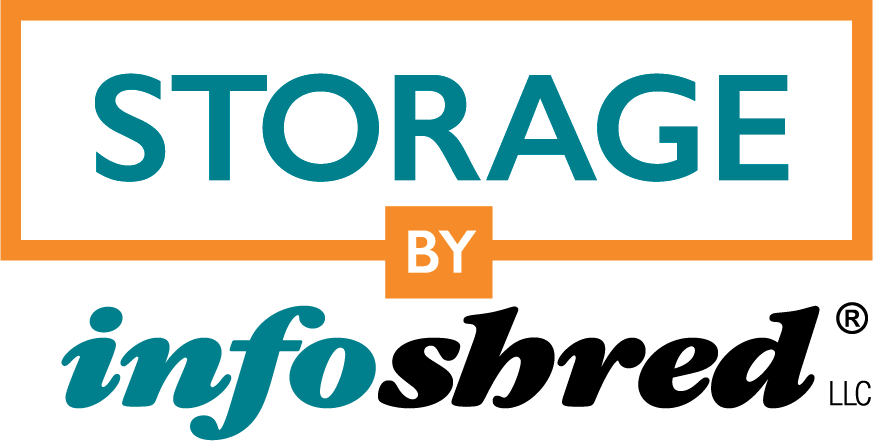Effective record organization is the foundation of efficient document management, and when it comes to preparing your records for storage with a professional records storage company, the importance of proper organization cannot be overstated. Whether you’re a business owner looking to securely store important documents or an individual in need of a safe repository for personal records, taking the time to organize your records beforehand will not only make the transition smoother but also ensure that you can easily access your documents when needed. In this article, we’ll explore the steps to take when organizing your records before entrusting them to a professional storage service.
Identify Your Records
Before diving into the organization process, it’s crucial to identify and categorize the records you intend to store. Create an inventory list that details the types of documents you have, such as financial records, legal documents, personnel files, or personal records like family photographs and heirlooms. This step will help you establish a clear understanding of the scope of your record storage needs.
Gather Necessary Supplies
To organize your records effectively, you’ll need some basic supplies, including file folders, labels, storage boxes, and archival-safe materials for delicate or sensitive items. Ensure that your chosen supplies are appropriate for the type of records you have.
Determine Retention Periods
Not all records are created equal, and each may have its own retention requirements. Research and understand the legal and compliance requirements for retaining specific types of records in your industry or personal situation. This will help you decide which records can be safely disposed of, reducing the volume of records you need to store.
Prioritize Records
Once you’ve identified and classified your records, prioritize them based on their importance and frequency of use. Records that you need to access more frequently should be readily accessible, while less important or rarely used records can be stored further back or in less accessible locations.
Create a Consistent Naming System
Develop a clear and consistent naming system for your digital and physical records. For physical records, label folders and boxes with concise, descriptive titles. For digital records, use a standardized file naming convention that includes dates, categories, and keywords.
Sort and Categorize
Begin sorting your records into categories based on their type, date, or relevance. Consider using color-coded labels or folders to make it easier to distinguish between categories. Organize records chronologically within each category to facilitate easy retrieval.
Create an Index
Develop an index or inventory list that documents the contents of each box or folder. This index will serve as a quick reference when you need to locate specific records, preventing the need to sift through multiple boxes.
Purge Unnecessary Records
As you go through your records, be ruthless in purging any documents that are no longer needed. Shredding or securely disposing of outdated records will free up space and reduce storage costs.
Digitize or Scan Important Documents
Consider digitizing critical documents to create a digital backup. This can be particularly useful for irreplaceable items like family photos or essential business documents. Ensure that the digital copies are stored securely and backed up.
Secure Sensitive Information
For records containing sensitive or confidential information, take extra precautions. Consider encrypting digital files and using secure storage boxes or safes for physical records. Limit access to only authorized individuals.
Label Everything Clearly
Proper labeling is essential for easy retrieval. Ensure that all boxes, folders, and digital files are labeled clearly and consistently. Include relevant dates and categories in your labeling.
Choose the Right Storage Containers
When selecting storage containers, opt for archival-quality materials that provide protection against environmental factors like moisture, dust, and pests. Ensure that the containers are sturdy and appropriately sized for your records.
Make a Retrieval Plan
Before handing over your records to a professional storage company, plan how you will retrieve specific documents when needed. Communicate this plan to the storage provider, so they can assist you in locating and accessing your records efficiently.
Document Access Permissions
If you’re entrusting your records to a third-party storage company, establish clear access permissions for your records. Determine who can access and retrieve records on your behalf and provide the necessary authorization.
Communicate with the Storage Provider
Finally, engage in open communication with the professional records storage company you’ve chosen. Share your inventory list, retrieval plan, and access permissions to ensure a smooth transition. Discuss any specific requirements or concerns you may have regarding the storage of your records.
In conclusion, effective record organization is a critical step in preparing your documents for storage with a professional records storage company. By following these steps and taking the time to organize your records thoughtfully, you can ensure that your valuable information remains secure, accessible, and well-preserved during its time in storage. Additionally, a well-organized records system can save you time and resources in the long run, making it a worthwhile investment in the efficiency of your business or personal document management.
Request an estimate on our website or by calling 860-627-5800 to learn more. Our experts will ask you a few questions to better understand your requirements, after which they will tell you exactly what to expect from start to finish, including the cost.





